Best audio interfaces for streaming 2025: Elevate your content with our pick of budget-spanning devices
Take your live-streaming game to the next level with our pick of streaming audio interfaces from Mackie, Elgato, Roland, PreSonus, and more

1. The quick list
2. Best overall
3. Best budget
4. Best for beginners
5. Best compact
6. Best for musicians
7. Best for gaming
8. More options...
9. Buying advice
10. How we test
Whether you're streaming on Twitch, YouTube, or any other platform, you'll need top-quality audio. The best audio interfaces for streaming allow you to elevate the audio of your streaming rig, streamlining your setup and adding functionality that will help you cut through the mix in an ever-growing category.
At MusicRadar, we've tested a fair few audio interfaces in our time so we know great quality when we see and hear it. Our tests ensure we rigorously check latency figures, connectivity options, and of course, the overall quality of the audio. All of this knowledge gleaned contributed in us putting together this list of streaming interfaces, with each sorted by use case to match individual needs, whether you're a beginner or a seasoned streaming veteran with an existing following.
We've also put together some in-depth buying advice for those who are new to the streaming game or just want to up their knowledge. It features loads of common questions answered by our expert writing team, and will help you make an informed decision when purchasing your interface. If you already know what you're doing, then just keep scrolling for the best streaming interfaces around...
The quick list
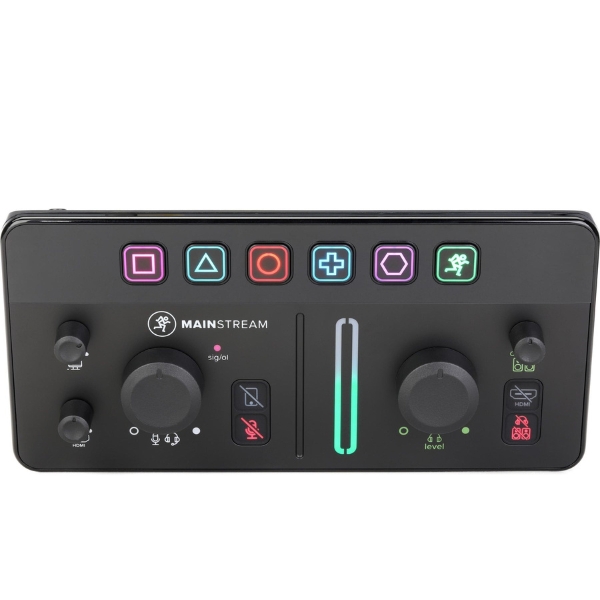
If you want a complete solution for streaming, the Mackie Mainstream is our top choice. Packed full of connectivity that allows it to handle audio and video, it's a brilliant choice for established streamers and those looking for more pro options.
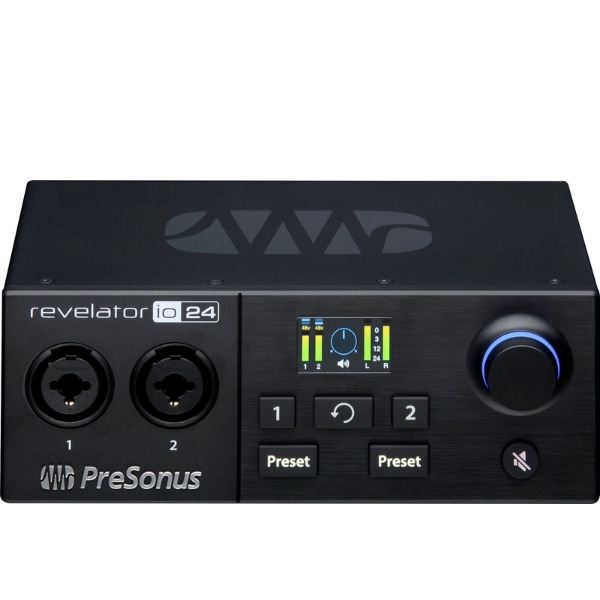
If your budget is tight or you'd rather spend budget on a nice XLR mic, the PreSonus Revelator io24 delivers plenty of functionality without costing the Earth. Powerful control software makes setup a breeze, and the screen is handy too.
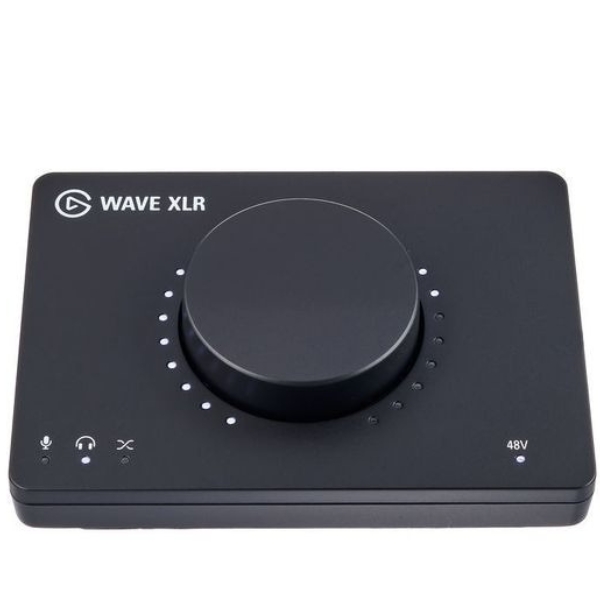
If you're new to the streaming game, getting something with loads of buttons and faders will likely just put you off. Enter the Elgato Wave XLR, with its large single knob and user-friendliness that will have you up and streaming in no time.
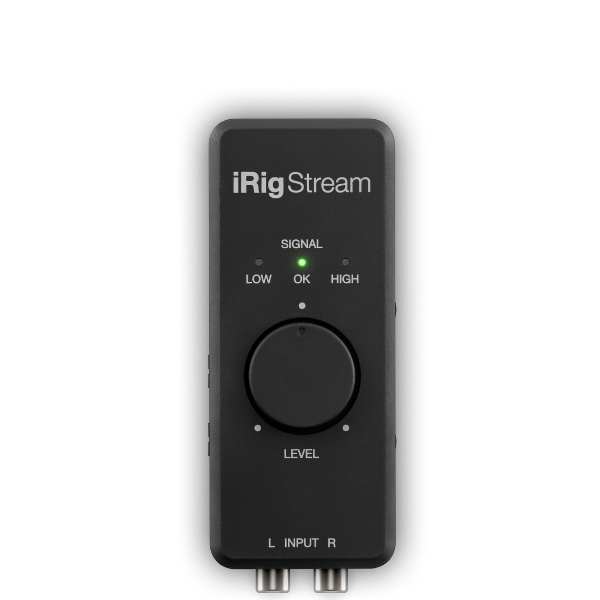
If you like to take your streaming on the go, or you've got a premium on desktop space, the IK Multimedia iRig Stream is a powerful yet compact option. It's got plenty of connectivity despite the small size, and loopback functionality too.
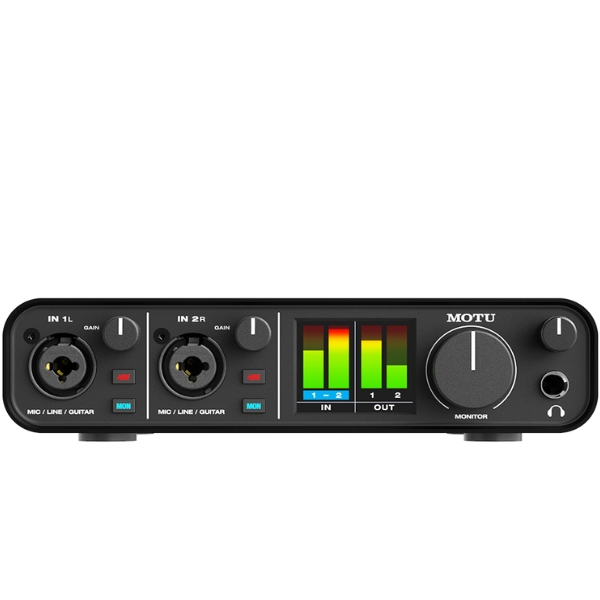
For musicians who want to dabble in streaming but still need the features of a regular audio interface, the Motu M2 is our pick of the bunch. Excellent preamps plus MIDI and loopback functionality make it a versatile choice indeed.
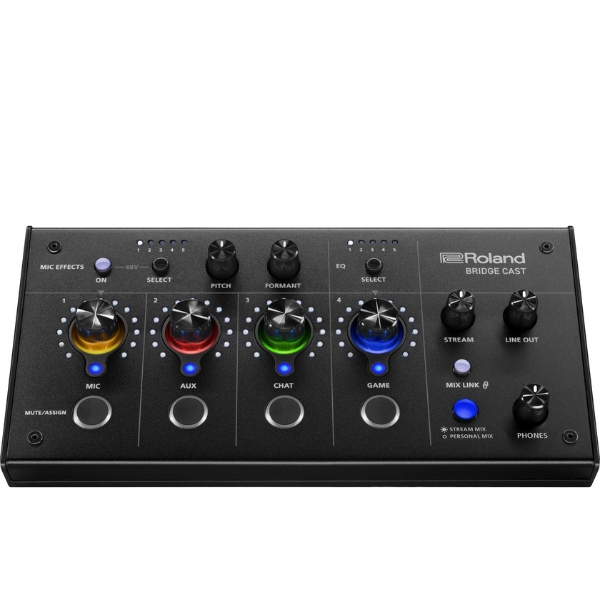
Combining rock-solid build quality with a wealth of features, the Roland Bridge Cast is our choice for any gamers who want high-quality audio. Four separate channels let you record and edit with ease, and we love the feel of the buttons and knobs.
Best overall
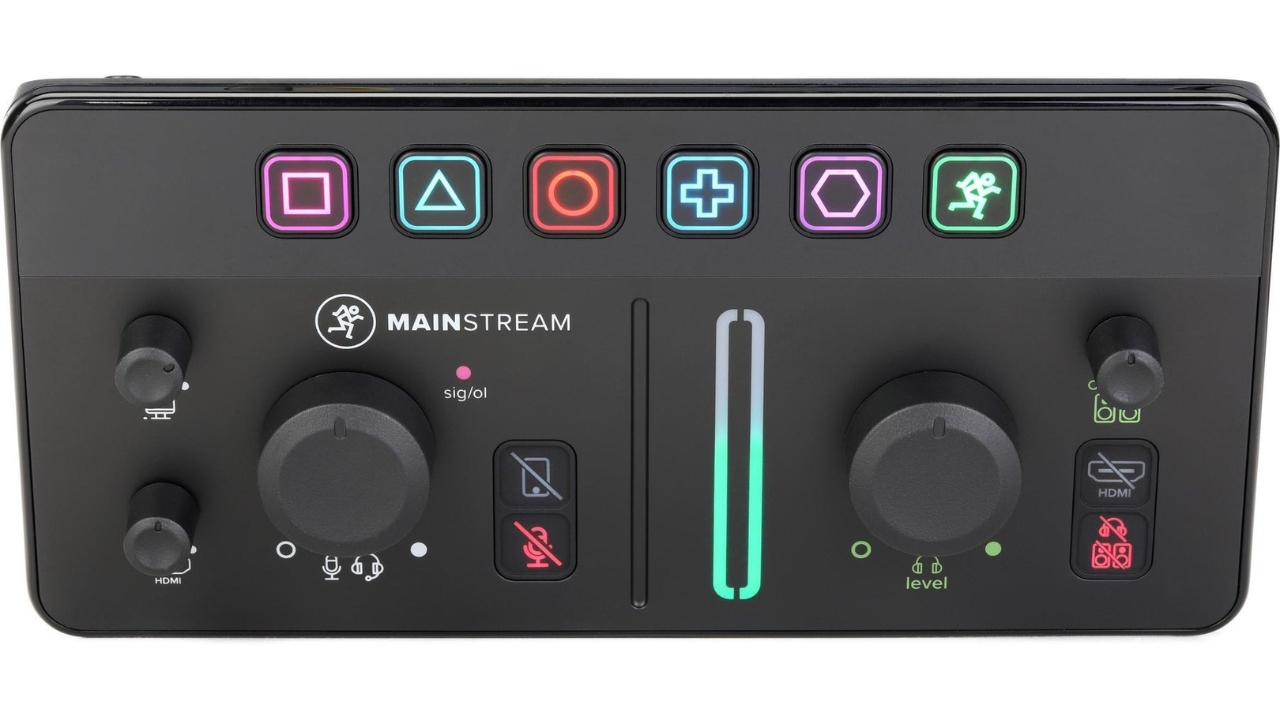
1. Mackie Mainstream
Our expert review:
Specifications
Reasons to buy
Reasons to avoid
✅ Buy if you want an all-in-one solution: With its video capabilities and vast array of connectivity, the Mackie Mainstream is a brilliant choice if you want an interface that will form the centre of your streaming setup.
❌ Avoid if you need simplicity: It's a complicated bit of kit with many features, so for beginners you'd be better off starting with something a little bit simpler.
If you’re looking for a complete way to capture your livestreams then the Mackie Mainstream is an excellent option. Handling both video and audio duties in one unit, it features an in-built capture card for 1080p x 60 fps video, meaning you save money on buying a separate capture card if using it with a console.
It’s got a huge array of connectivity options allowing you to utilize extra cameras for your setup, USB microphones, and other USB devices, making it a hub for your livestream that will drastically simplify your setup times. It only uses a single USB slot on your computer too which is a massive bonus for us.
The free Matrix software makes it a breeze to set everything up, so alongside six virtual inputs you can have a DSLR camera, and USB webcam for different angles as well as an XLR microphone. It makes it one of the most complete streaming options on the market, so whether you’re new to live streaming or you’ve already got a sizeable following, the Mackie Mainstream will do an excellent job.
Best budget
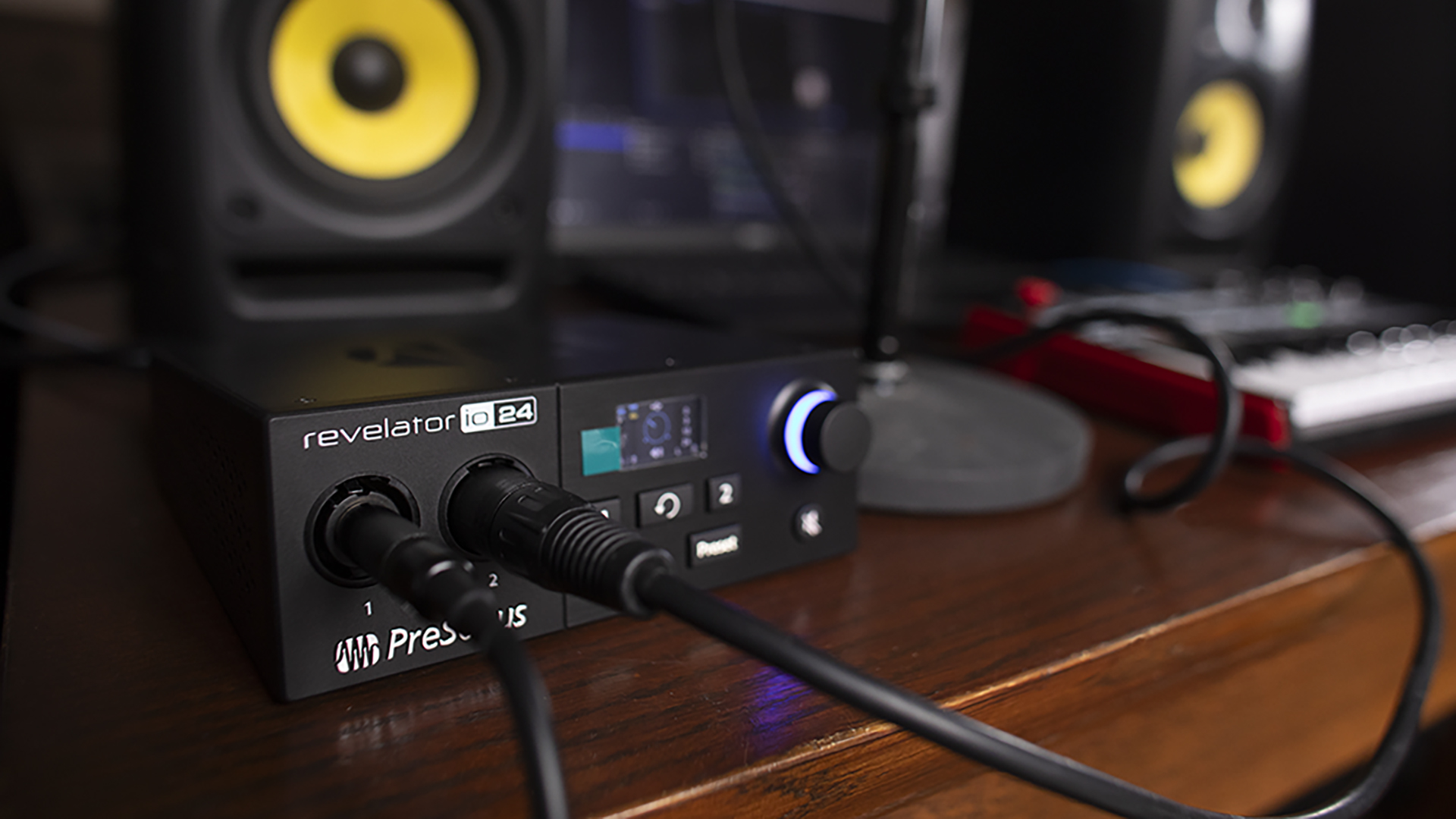
Specifications
Reasons to buy
Reasons to avoid
✅ Buy if budget is your main concern: The PreSonus Revelator io24 has plenty of features but costs well below the $/£100 mark, making it a great choice for those on a budget.
❌ Avoid if you don't like software: Most of the features here are accessed via the software, so if you prefer pressing buttons you're better off with another interface.
PreSonus audio interfaces have always been a touch under-rated in our opinion, offering genuine innovation at very sensible prices. The PreSonus Revelator io24 may have a slightly dodgy name, but it’s a perfectly capable audio interface for streaming, with the usual connectivity you’d expect from an interface but with added software integration that elevates it above some of its competitors.
The hub of the io24 is the Universal Control Software, which allows you to route your audio intuitively, with plenty of DSP-powered effects, EQ controls, and presets for both voice and instruments. The built-in effects are genuinely useful, adding vital compression to your voice audio, and the ability to save settings you like to recall again in the future ensures consistency in your streams.
We found it an ultra-powerful companion during a COD-cast, allowing for easy distribution of various audio combinations via the software. The screen is a tad small but it's a nice touch, and overall we found it super easy to set up, an absolute bargain at the price too.
Read our full PreSonus Revelator review
Best for beginners
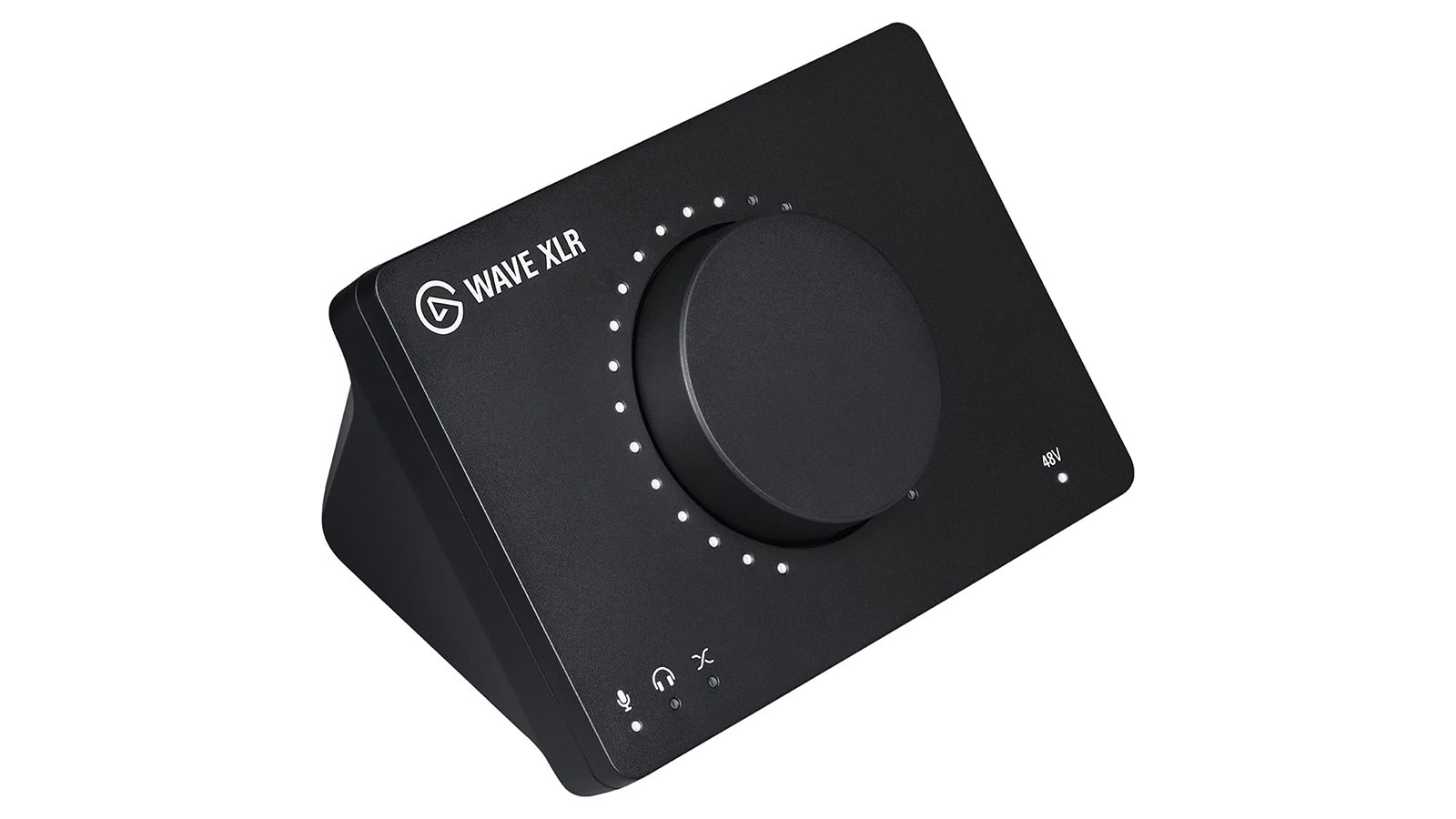
3. Elgato Wave XLR
Our expert review:
Specifications
Reasons to buy
Reasons to avoid
✅ Buy if you're a beginner: The Elgato XLR is nice and simple to use, making it perfect for those making their first strides in the world of streaming.
❌ Avoid if you need multiple PC streaming: This interface will only work with a single PC/console-setup, so if you have a more complex streaming arrangement you should try something else.
Elgato will be a familiar brand to those already active in the streaming, gaming, and vlogging worlds thanks to its broad range of dedicated products for these pursuits. The Elgato Wave XLR is one of the most simple devices on this list, which makes it perfect for those making their first foray into streaming.
We like the inclusion of phantom power so higher-quality condenser mics can be used, and an onboard preamp allows it to deliver plenty of gain to power dynamic mics like the Shure SM7B. We found the overall audio quality was absolutely fantastic too.
The price point makes it easily accessible for beginners, meaning you don't have to invest so much money to get up and running, leaving more budget for a nice XLR microphone. The Wave Link software adds loads of functionality like routing audio and setting your mic levels, we found it to be a powerful addition to this simple, yet powerful streaming package.
Best compact
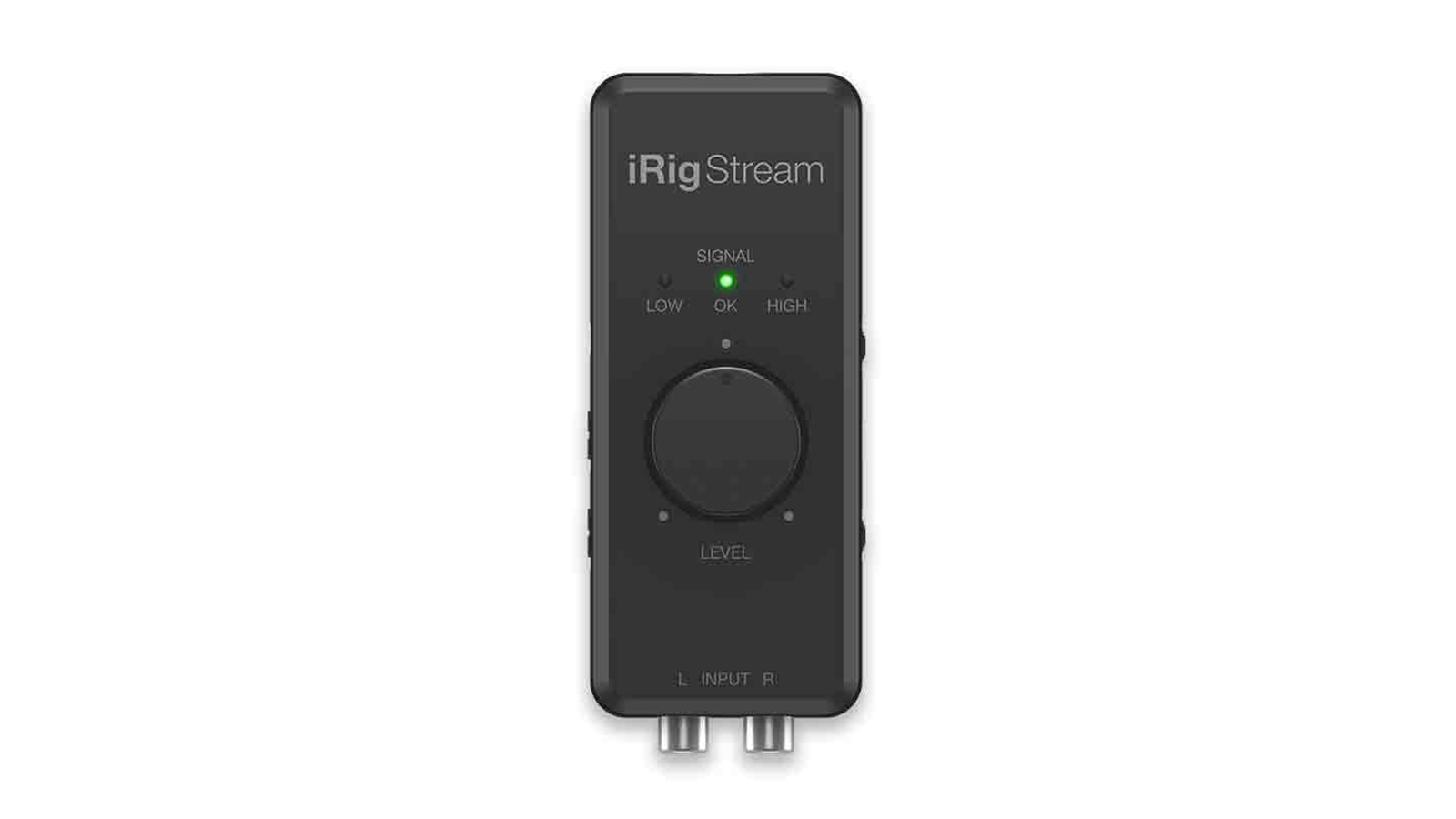
4. IK Multimedia iRig Stream
Our expert review:
Specifications
Reasons to buy
Reasons to avoid
✅ Buy if you need a compact interface: The teeny tiny iRig Stream offers plenty of connectivity despite its small size, making it great for those short of space or after a travel rig.
❌ Avoid if you need a more complex setup: Of course being so small, it's got limited connectivity compared to other, bigger, interfaces on this list.
The IK Multimedia iRig Stream is a dedicated device, built from the ground up to start your streaming journey off right. Slightly smaller than the average smartphone, the iRig Stream connects directly to any PC, laptop, tablet or phone, and the fact you can power it directly from those devices allows for the ultimate in portability.
If size is an issue for you then this will fit pretty much anywhere you want to stream, whether you're a guitarist or a gamer. With the ability to use three devices at once, it's surprisingly versatile despite the small size, packing plenty of connectivity into its teeny tiny housing.
We’re big fans of the loopback functionality, which means you can stream audio from multiple sources at once, and the bundled app suite is also great for anyone starting out. If you have a slightly bigger budget, there’s also the new 4 input, 2 output iRig Stream Pro which takes things up a gear with 24-bit 96 kHz audio.
Best for musicians
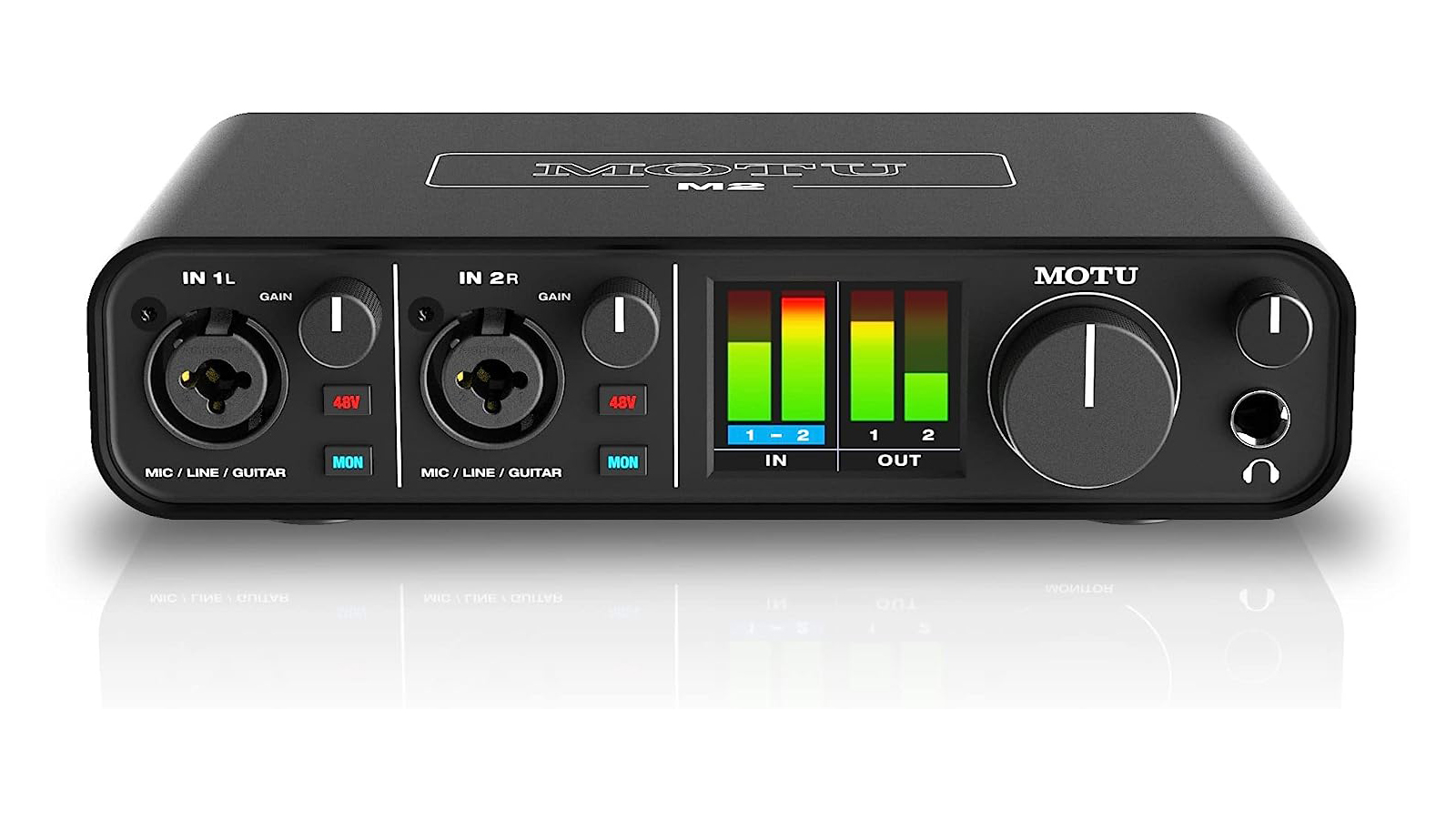
5. Motu M2
Our expert review:
Specifications
Reasons to buy
Reasons to avoid
✅ Buy if you're a musician wanting to stream: The Motu M2 is a traditional audio interface for musicians with some additional functionality that makes it great for streaming too.
❌ Avoid if you need effects on-demand: Because it's designed for musicians, it's missing some of the features a streaming-specific interface would have, so avoid if you're streaming gaming or any other non-music-related content.
A look on YouTube will show you that streaming is not all about gamers showing off their skills. More and more musicians are using the platform to host tutorials, jam sessions or Q&As, and it makes sense they’d need an audio interface that is as at home recording music as it is streaming.
The MOTU M2 audio interface is a great option, as it can do everything a streamer would want, like loopback audio and instant feedback on volume levels, with the specialist tools a musician would favour like full MIDI I/O and a fantastic set of preamps for clean and clear recordings.
Admittedly it lacks some of the flashy tools and effects of a dedicated streaming interface, but as a high-quality tool for musicians to get involved it’s a pretty compelling offer.
Best for gaming
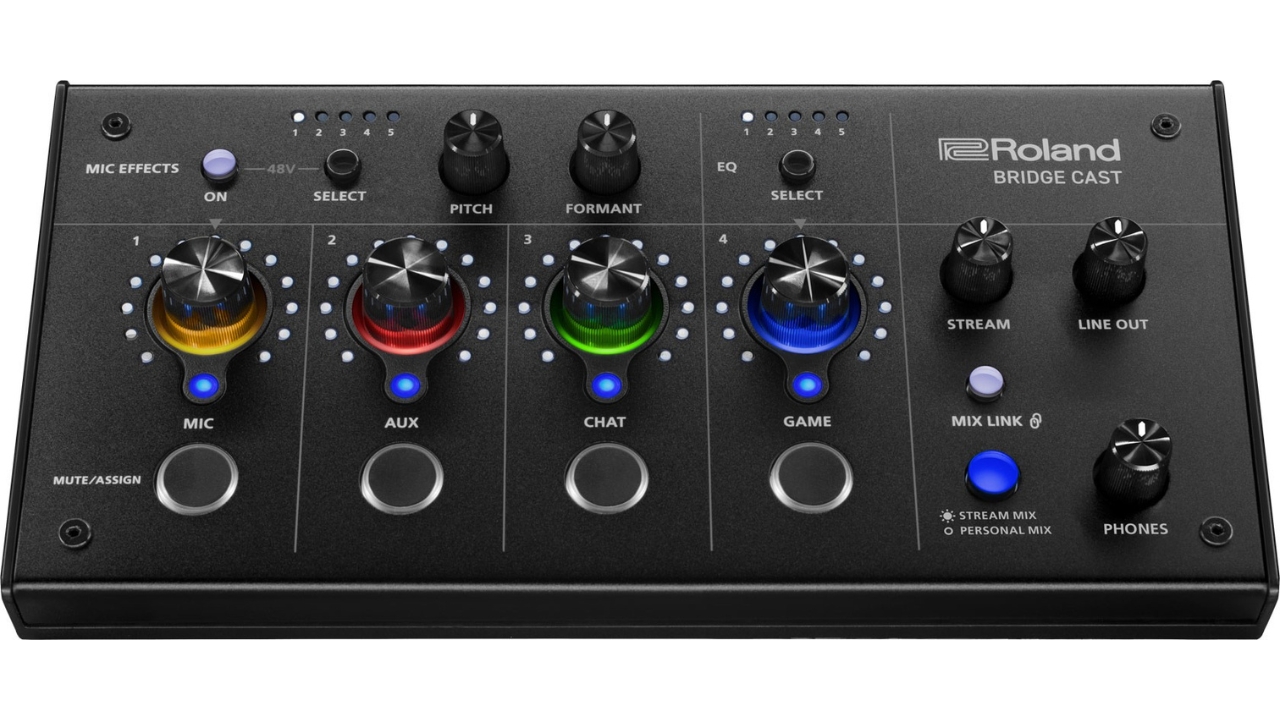
6. Roland Bridge Cast
Our expert review:
Specifications
Reasons to buy
Reasons to avoid
✅ Buy if you need quality audio for streaming games: The Bridge Cast is designed to make game streaming audio a breeze with multiple channels for easy editing and plenty of tactile buttons and knobs.
❌ Avoid if you need video capabilities: It's a pure audio streaming interface, so if you need to handle video in the same unit then you'll need to find a different interface.
There are a lot of live streaming interfaces and mixers around nowadays and the Roland Bridge Cast does well to stand out from the crowd. Its solid build quality and useful features make it an excellent choice if you want to stream gaming content, and it nicely straddles the line between easy-to-use and full-featured.
Four separate tracks should cover the majority of your audio needs, allowing you to capture your chat, game audio, and any music separately for easy editing alongside your video capture. The ability to send separate mixes to your audience and your headphones is also a nice touch.
The variety of buttons makes it slightly less software-centric than other streaming interfaces which we absolutely love. The software offers royalty-free music streaming and sound effects to liven up your audience’s streaming experience, all handled by onboard DSP leaving your computer free to focus on the content.
More options...
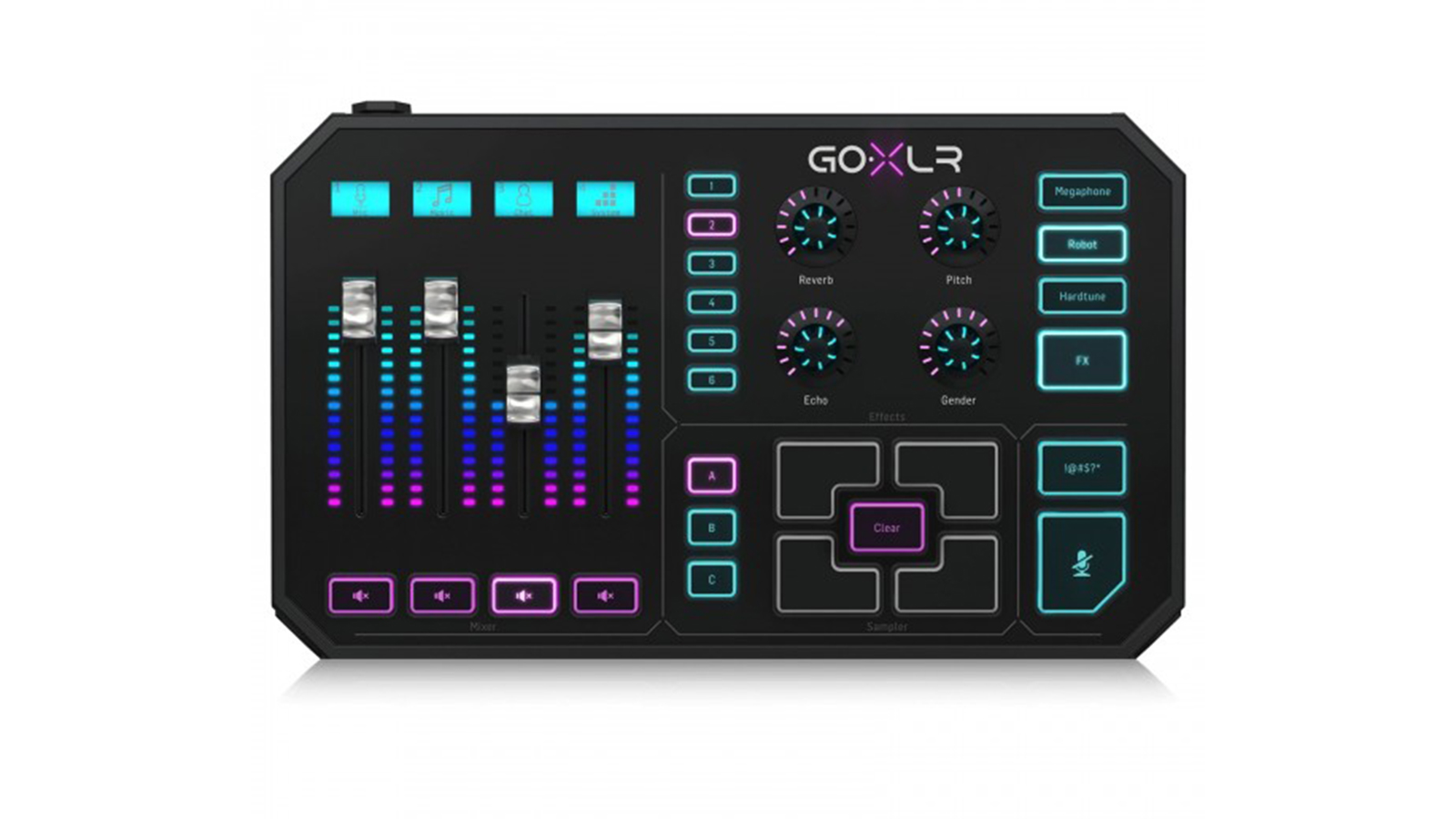
7. TC Helicon GO XLR
Our expert review:
Specifications
Reasons to buy
Reasons to avoid
✅ Buy if you need quality audio for streaming games: The Bridge Cast is designed to make game streaming audio a breeze with multiple channels for easy editing and plenty of tactile buttons and knobs.
❌ Avoid if you're on a budget: This is one of the more expensive interfaces on this list, so if your budget is tight or you need to spend on an XLR mic, look elsewhere.
The TC Helicon GO XLR appears, on first glance, to have been lifted directly from the Guardians of the Galaxy’s ship. When it’s powered up, the wash of coloured RGB lighting is a sight to behold. But while its vibrant control surface, complete with motorized faders, is all neon colours and big fleshy buttons, underneath that you’ll find one of the most capable audio interfaces for streamers on the market.
The high-headroom preamps ensure great quality mic tone even when using quieter dynamic microphones, and you get plenty in the way of built in effects with auto-tuned style vocals as well as a megaphone and robot sounds. Add in some more traditional effects like reverb, and echo and you've got one of the most full-featured streaming interfaces around.
The huge amount of connectivity makes it great for those with more complicated setups. If your setup features a dedicated streaming computer, and a regular gaming computer, and a console, then congrats, you’ve just found the interface for your needs.
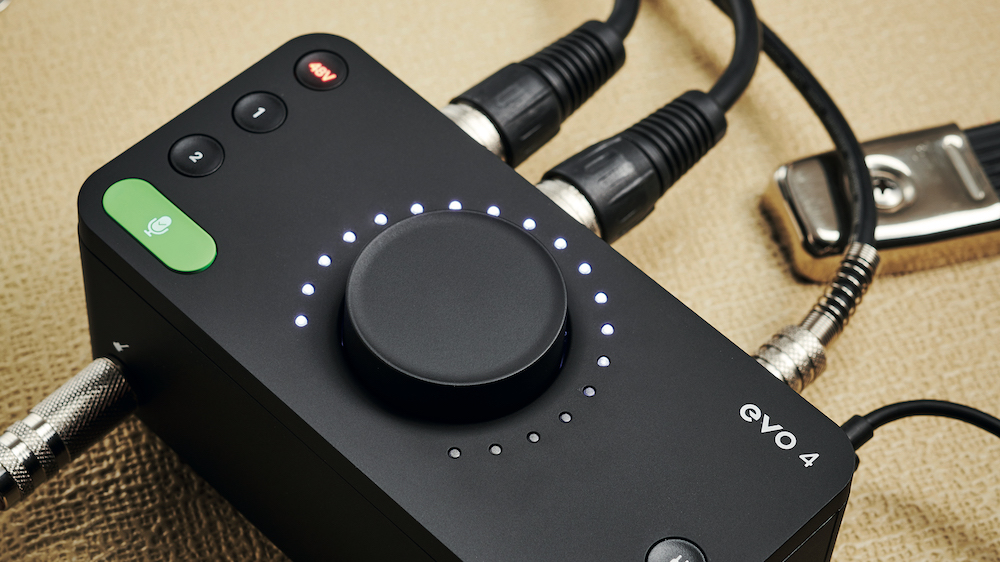
Specifications
Reasons to buy
Reasons to avoid
✅ Buy if you're a musician on a budget: The Audient EVO 4 is fantastic value for money and if you're wanting to stream your music on a budget, it's our top choice.
❌ Avoid if you're not a musician: With many musician-centric features, this isn't a streaming interface for gamers or YouTubers.
Audient’s range of audio interfaces have long been favoured by the audio production community for their combination of high quality preamps and low relative cost. The Audient EVO 4 is, in our eyes, therefore one of the most interesting propositions for streamers because it packs so much into such a small unit.
It has the features a musician would expect, like a pair of XLR/jack inputs, class-compliant drivers, and phantom power, along with some additional skills for the streaming user like loopback functionality and auto gain.
This last one is interesting because the unit automatically monitors the volume of the incoming signal and trims it, if necessary, to ensure it doesn’t distort or clip. Highly recommended if you need an interface that can do two jobs in one.
Read our full Audient Evo 4 review
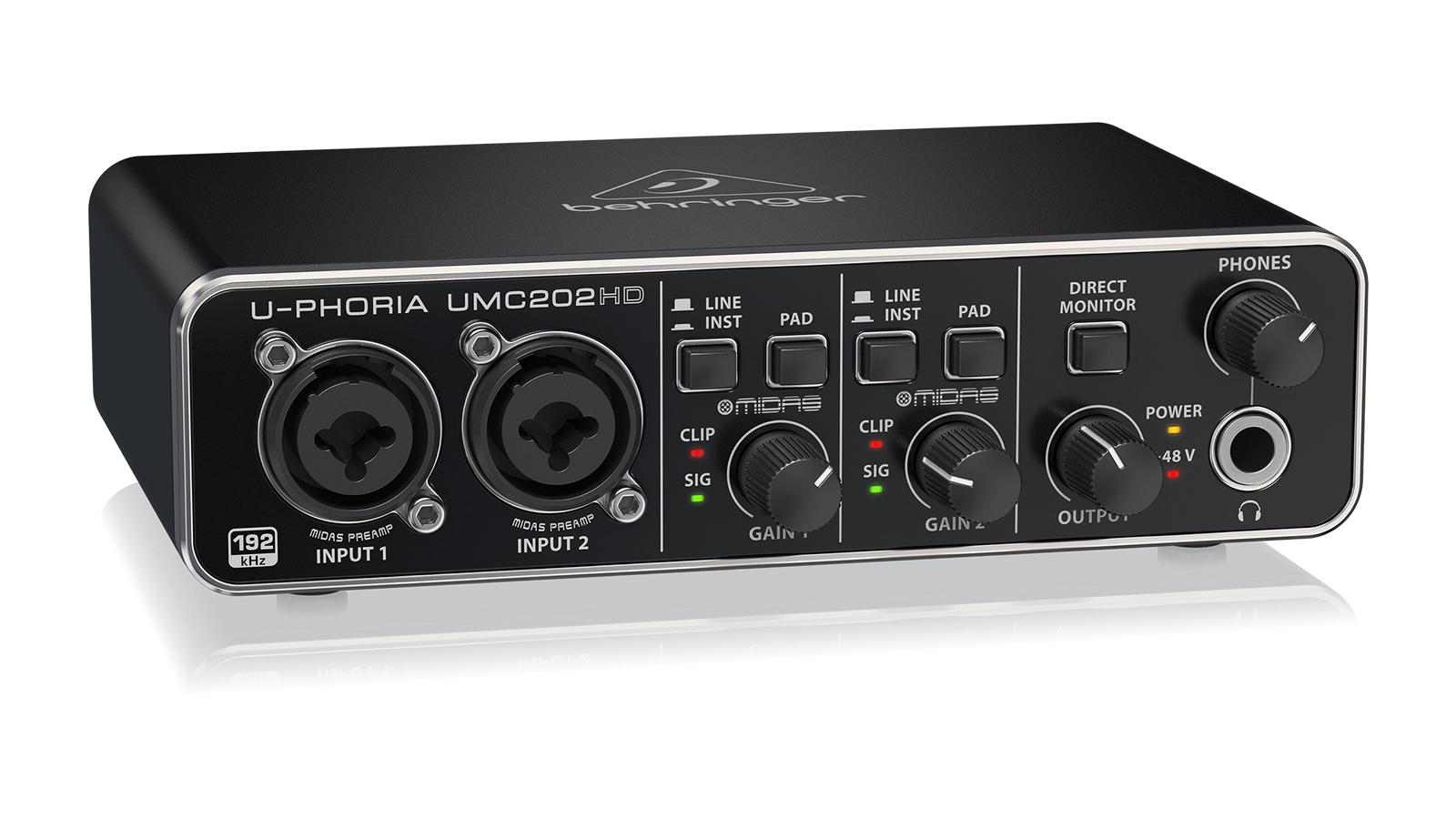
9. Behringer U-Phoria UMC202HD
Our expert review:
Specifications
Reasons to buy
Reasons to avoid
✅ Buy if you're on a super-tight budget: It's lacking many of the features other streaming interfaces have, but if you need something on the strictest budget it will do the job in tandem with third-party software.
❌ Avoid if you like things simple: Getting this interface stream-ready will take some work downloading extra software and routing audio, so avoid if you like a simple setup process.
We know it can be exciting, when you’re starting out, to lust over the expensive gear you’ll use when you’ve made it big, but spare a thought for the trusty tools you’ll more likely start out with.
The Behringer U-Phoria UMC202HD is an inexpensive, nicely packaged audio interface featuring the basic features you’ll need to embark on your streaming adventure. It has a couple of XLR inputs for microphones, connects up via the USB connection at the rear, and even offers visual feedback of signal levels thanks to a couple of small LEDs on the front.
It’s not the highest quality interface in terms of pure sonic capability, but for the vast majority of users the U-Phoria line will do a perfectly decent job for not a lot of cash.
Buying advice
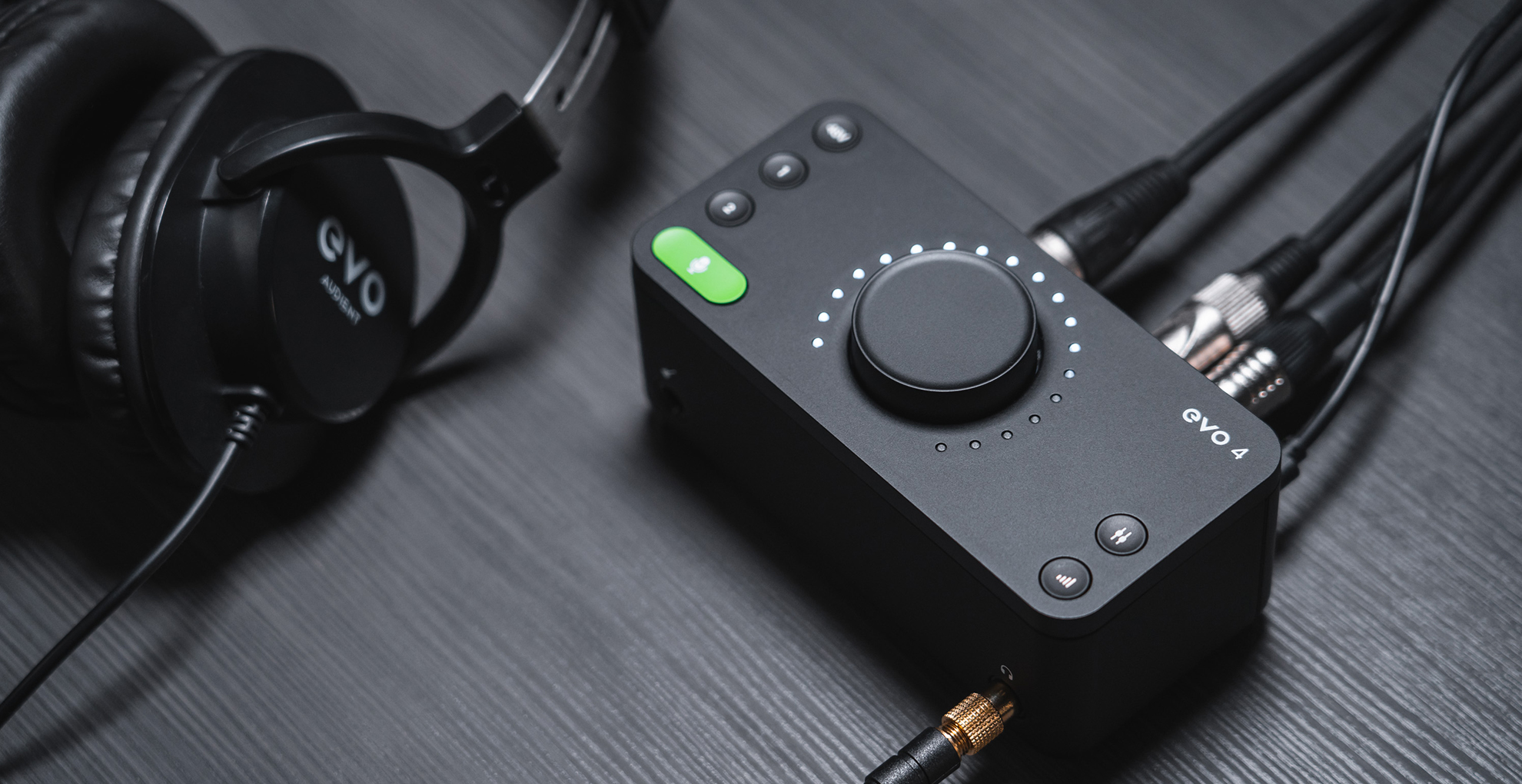
How to choose an audio interface for streaming
MusicRadar's got your back
A decent audio interface can revolutionize your streaming setup, giving you a real boost in terms of the audio capabilities of your rig and, in turn, amping the overall quality your streams can output. Here’s what you need to consider when buying one for your streaming setup.
You’ll also benefit from having tighter control over the volume levels and, in some cases, the tonality of what you’re recording or streaming. This can help you achieve a more balanced sound, particularly if you’re using multiple sound sources, and reduce the risk of distortion or audio glitching.
What audio interface do most streamers use?
There's no right or wrong answer here, because ultimately streamers each have different needs. Some may just require a single camera, a couple of audio inputs, and that's it. Others might need capacity for guests, multiple camera angles and various input devices alongside loopback audio. This guide is categorized by use case to make things easier, but ultimately you'll need to look at each interface in detail to be sure it meets your particular demands.
Do I need an audio interface for streaming?
There are options for streaming directly via USB microphone, however we'd always recommend using an interface for your audio duties. The main reason is quality of sound. Most interfaces feature a built-in preamp which allows you to dial up the gain, delivering a cleaner and more articulate tone to your spoken word which is an important component of streaming.
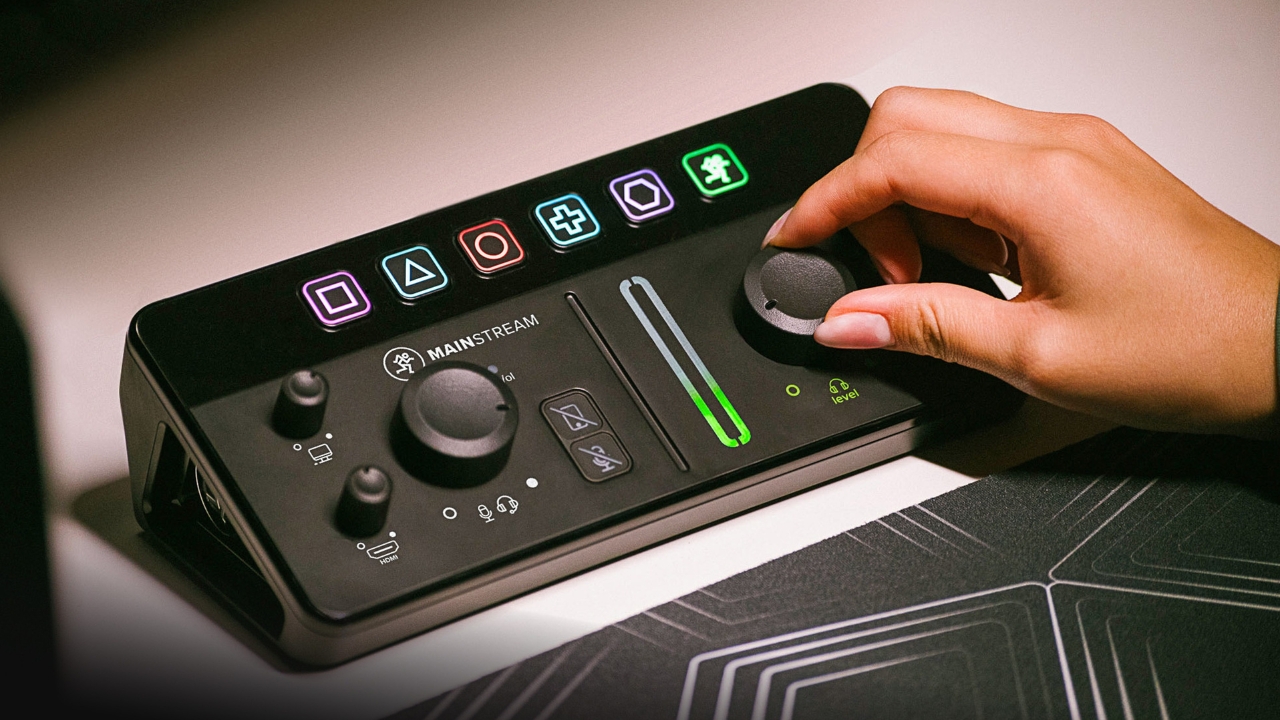
Will a streaming interface make my audio sound better?
If you’ve been using a computer or laptop’s internal sound card to manage your audio, you’ll notice a few significant benefits immediately. Chief among them is the improved sound quality; by using a dedicated audio interface to replace an OEM soundcard, you’ll instantly notice a leap in the clarity and cleanliness of your recorded voice. This is because dedicated audio interfaces feature better preamps, which boost your microphone’s signal, and have higher quality A/D (analogue to digital) converters, meaning more power to cleanly amplify the performance of your audio.
What connections do I need?
It’s always handy to have more connectivity too. Think of the audio interface as the central hub for anything that makes a sound; the best streaming interfaces usually feature multiple inputs and outputs, so you can introduce more sound sources (and destinations) to your system. You might, for example, have your PC audio, microphone and a sample player all connected at once, with the audio being routed out to both a set of monitor speakers and headphones. You’ll want to consider loopback functionality too, which essentially means you can route the audio coming from your computer (e.g. a game) and have it play through your streaming platform. It sounds obvious, and like something they’d all just be able to do, but it isn’t. Loopback is the streamer’s friend. Trust me.
Having a dedicated audio interface for streaming games on YouTube, Twitch or any other online platform can significantly enhance the quality of your audio. With improved sound quality, increased volume control, reduced latency and more connectivity, a USB audio interface is a sound investment for any streamer looking to take their audio to the next level.
How we test
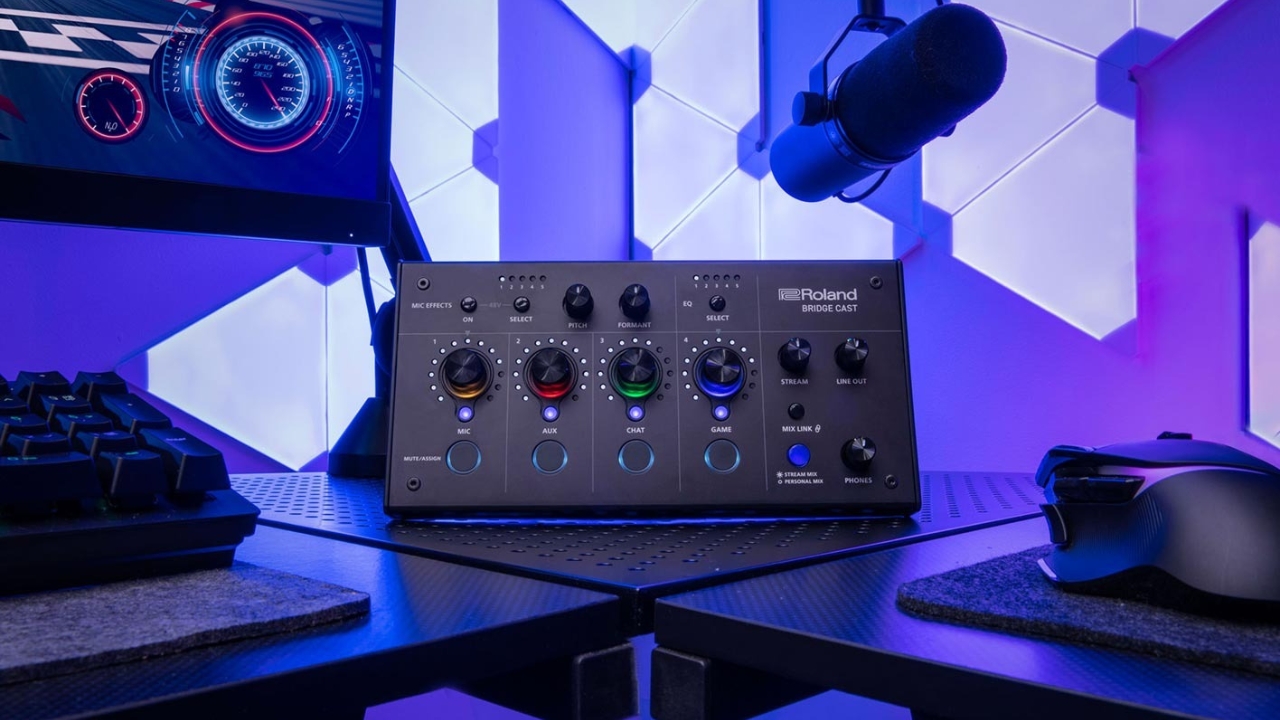
We've tested many audio interfaces here at MusicRadar and established a rigorous testing process based on decades of reviews. Our reviews inform all of our choices in buying guides, and our reviewers are all actual musicians or creatives who utilize these interfaces in real world scenarios to ensure that the item in question is tested to its absolute limits.
Here is a list of what we look at when testing an audio interface for streaming:
1. Features - First of all we need to determine where the interface sits in the pantheon. Is it designed for those streaming Call of Duty or for musicians to demonstrate their workflow in a particular DAW? We want to know whether it has the right kind of functionality that makes it easy to bring in multiple sources of audio, enough input gain for dynamic mics, as well as whether or not it can handle video duties alongside audio. Determining the features informs how we will review the product and what sort of tests are best suited to it too.
2. Build quality - Next, we'll examine the unit physically to see how it feels. We're looking for nice quality knobs and buttons, an overall rugged feel, and hopefully, no cheap feeling components. Most streaming interfaces are unlikely to leave their position on your desktop, but ultimately we're looking at how its going to hold up under repeat use over a long period of time.
3. Installation - As part of our review we will install the interface and accompanying software on both Windows and Mac to determine how easy the process is. We do this to test the process of installation, noting any potential issues we face and whether they're the fault of hardware or software, as well as any positives from the process.
4. Usability - The final, and arguably most important part of our review processes is actually using the interface. Depending on its intended purpose, we'll use the interface just as the end user would, whether that's streaming Call of Duty or using it as a traditional audio interface to record guitars. Undertaking this process allows us to create a nice overview of how well suited to a particular task it is, as well as unearthing any potential issues in how it works.
Typically we'll test streaming interfaces over a period of a few weeks, which allows us to get the most in-depth view of it possible before writing the full review. We'll live with the interface as part of our regular setup, using it for everyday purposes as well as specialized streaming content.
Read more about how we test audio interfaces at MusicRadar.
Related buyer’s guides
- Best budget audio interfaces: start recording for less than $100/£100
- Best budget podcasting microphones for budding podcasters
- Best podcast mixers: the central hub of your podcasting setup
- Best podcast headphones: an essential tool for your podcast rig
- Best laptops for music production: for musicians, producers and DJs
Want all the hottest music and gear news, reviews, deals, features and more, direct to your inbox? Sign up here.
Chris Corfield is a journalist with over 12 years of experience writing for some of the music world's biggest brands including Orange Amplification, MusicRadar, Guitar World, Total Guitar and Dawsons Music. Chris loves getting nerdy about everything from guitar and bass gear, to synths, microphones, DJ gear and music production hardware.
- Matt McCrackenJunior Deals Writer
